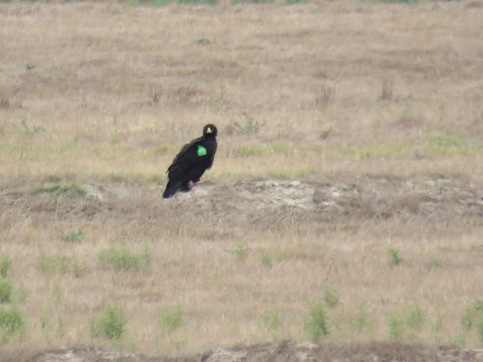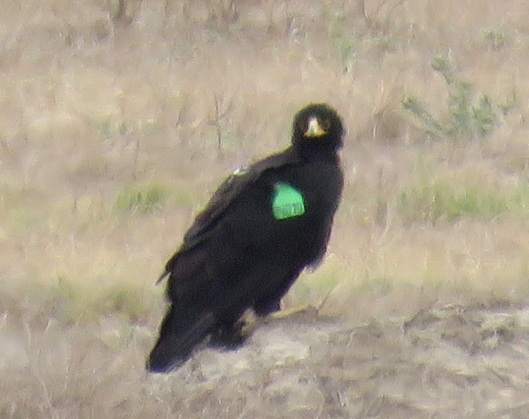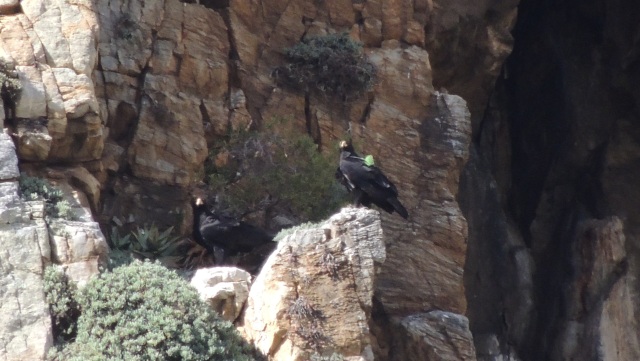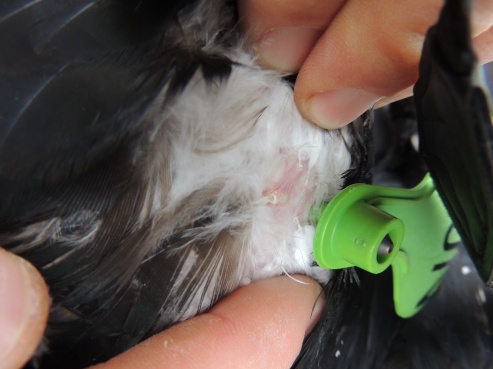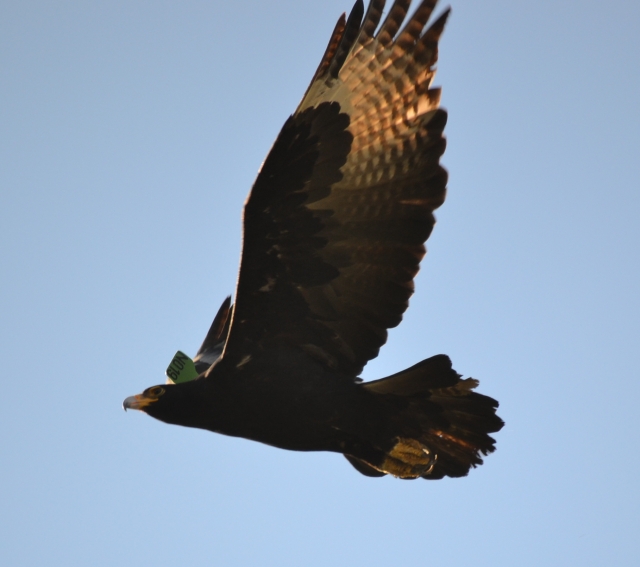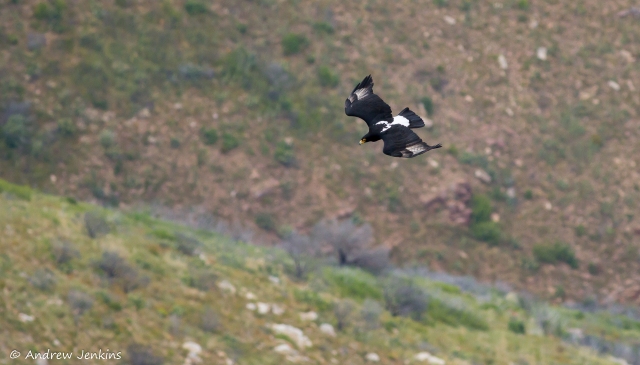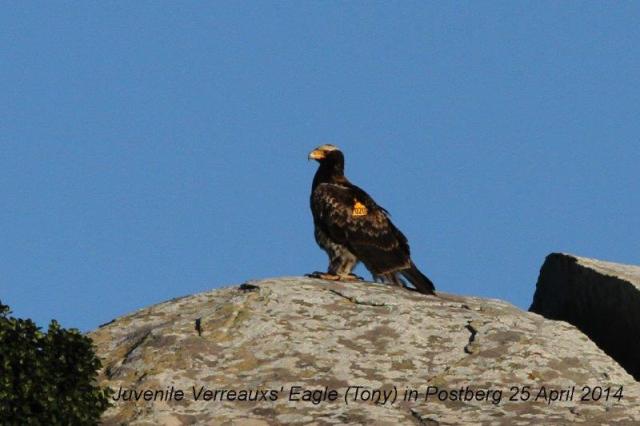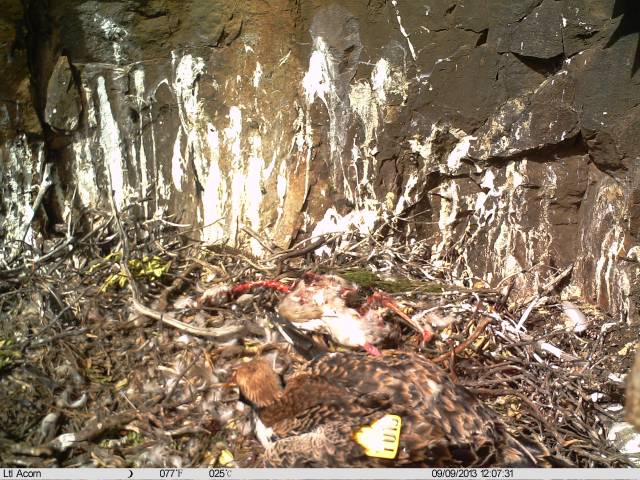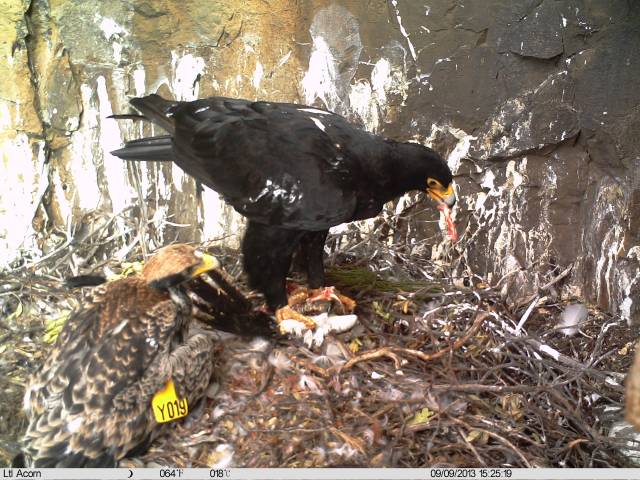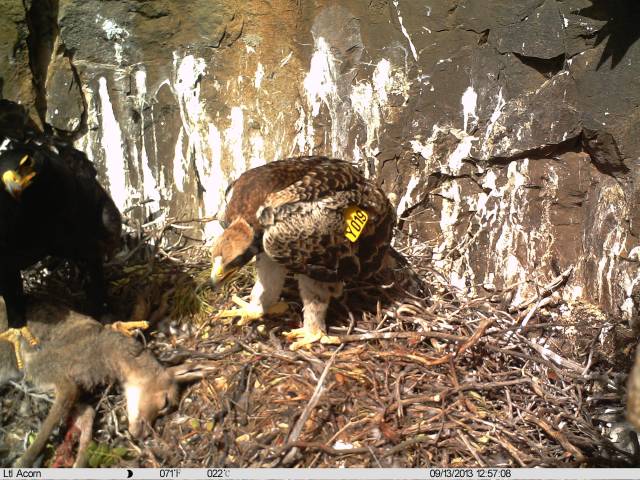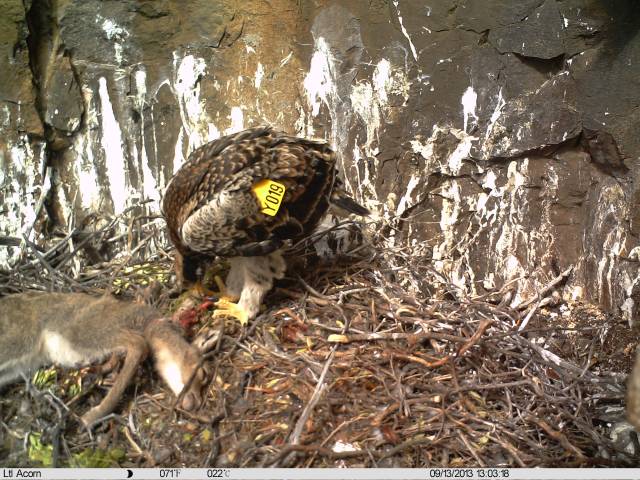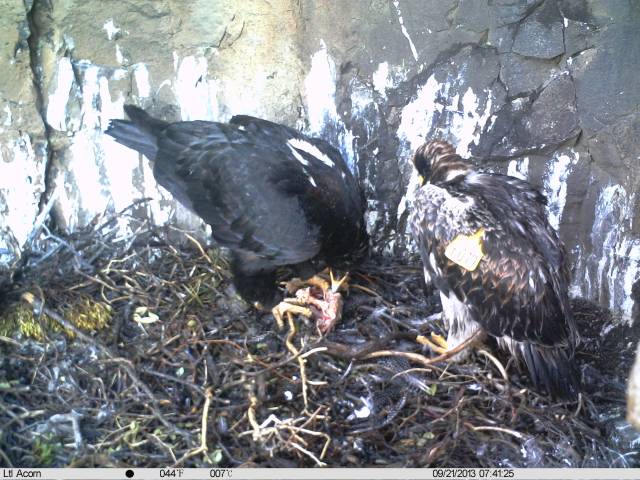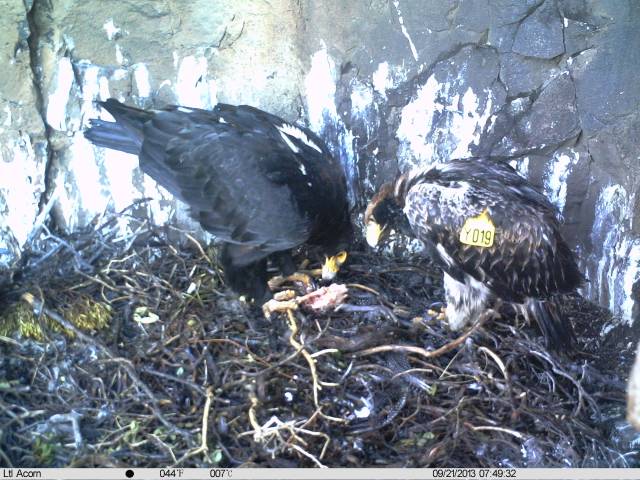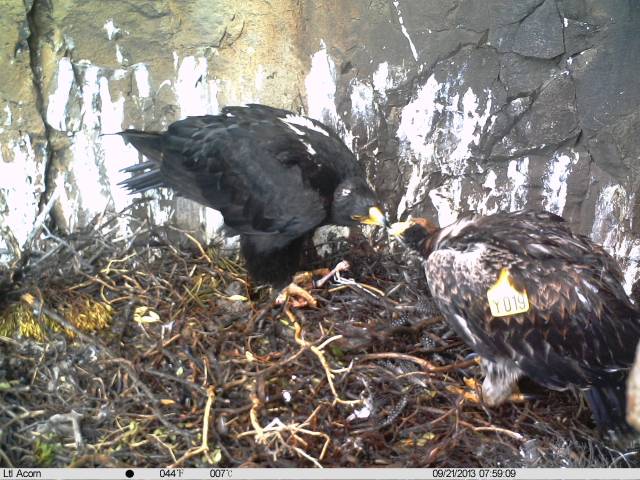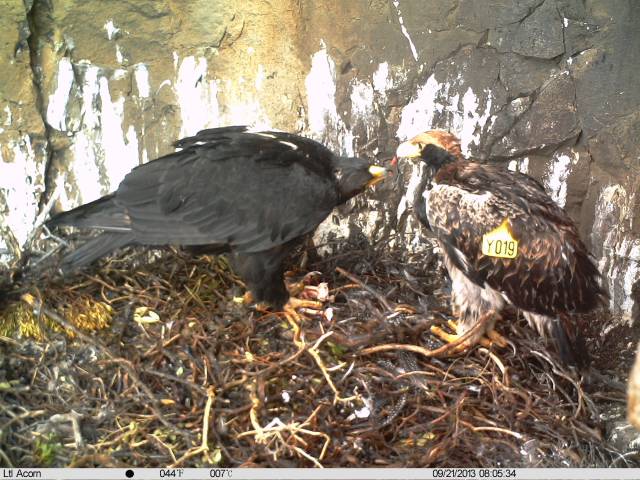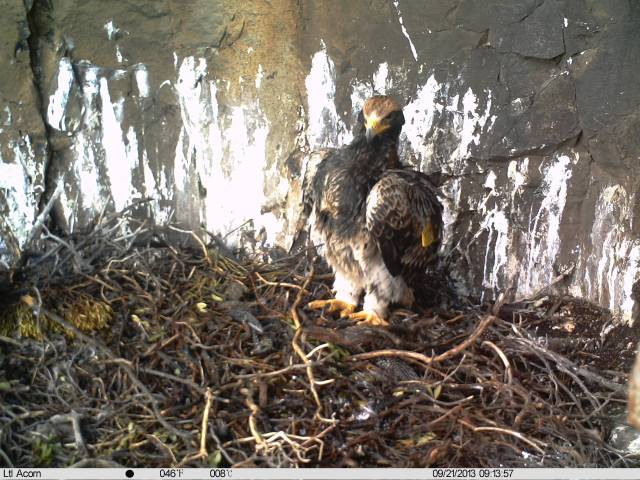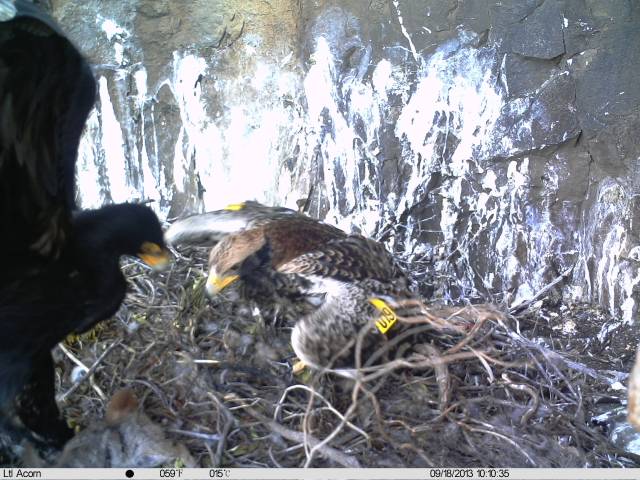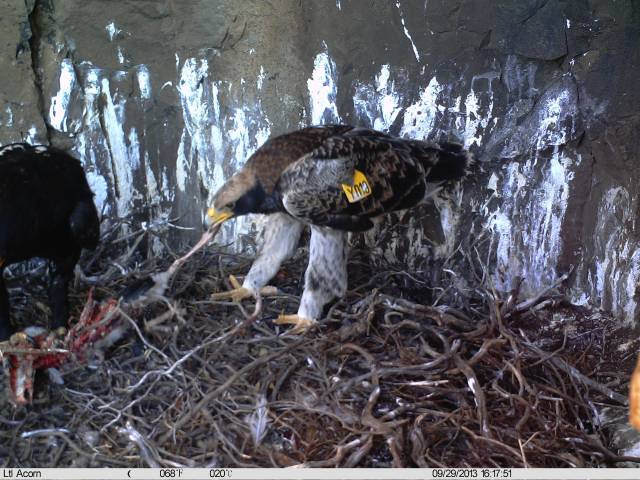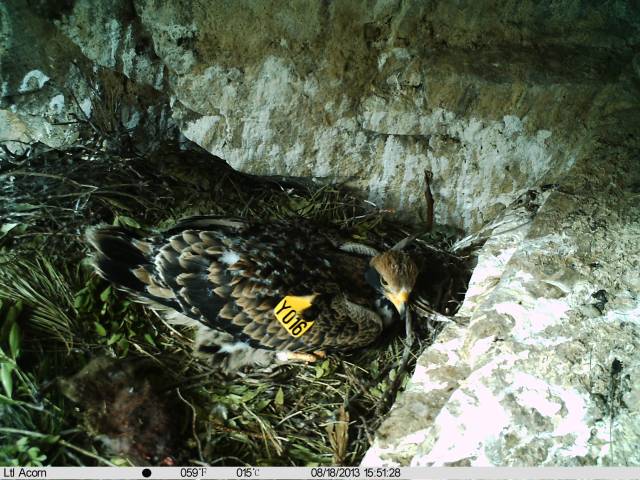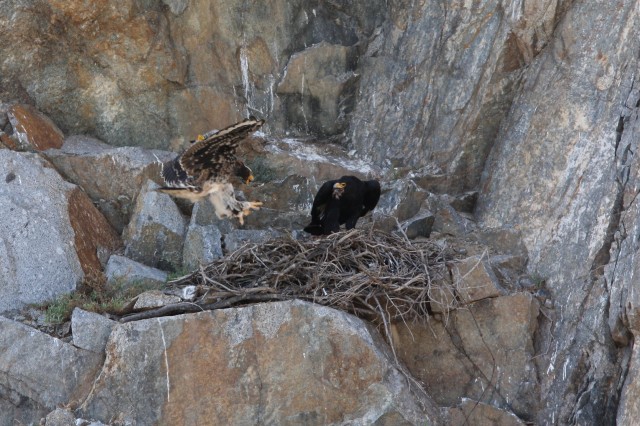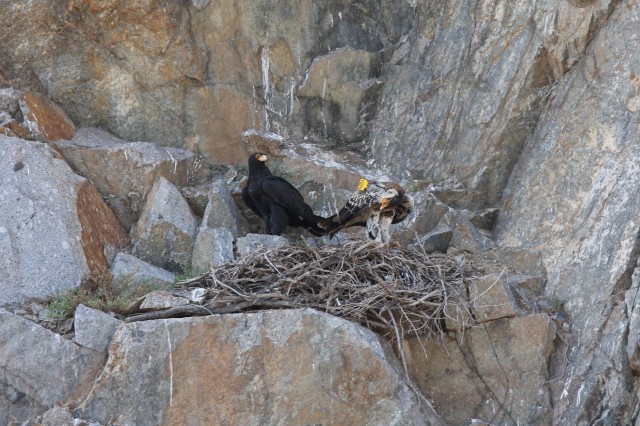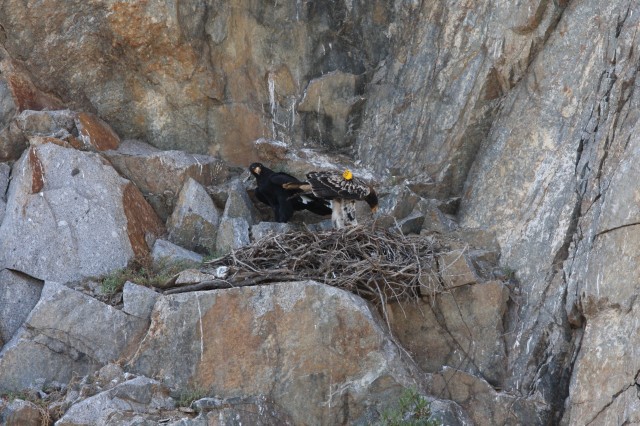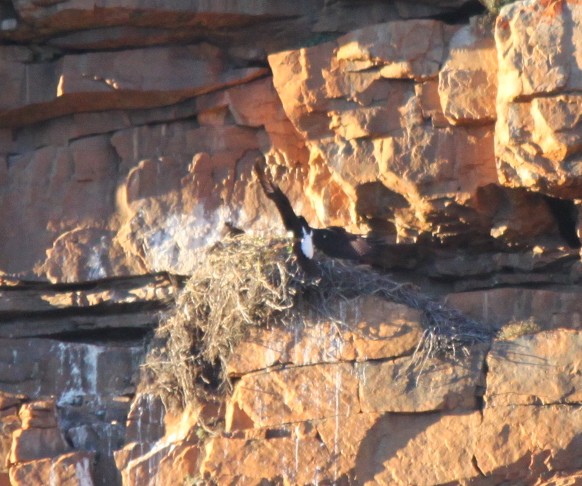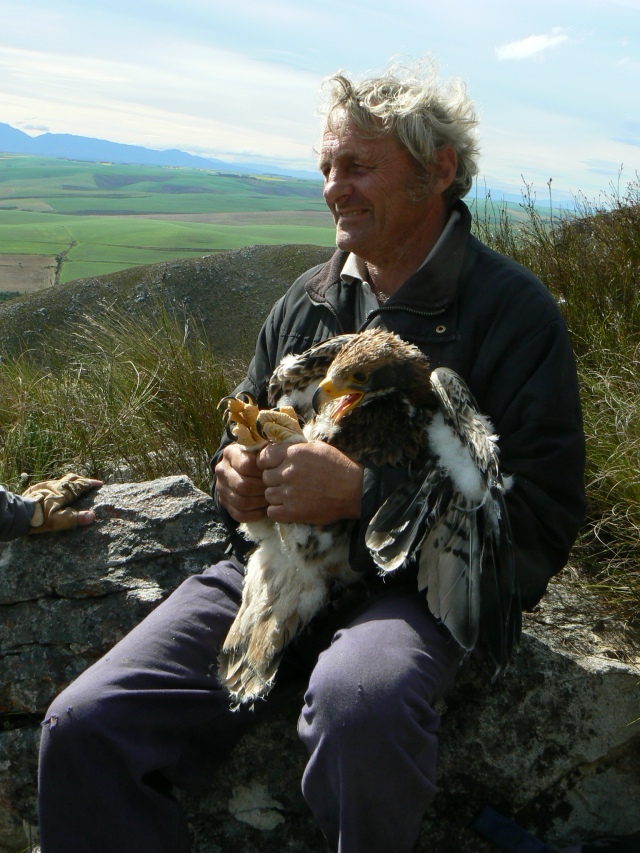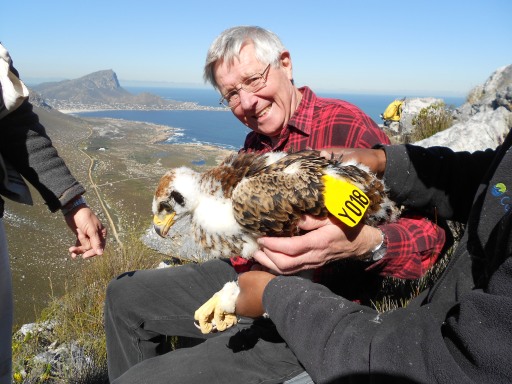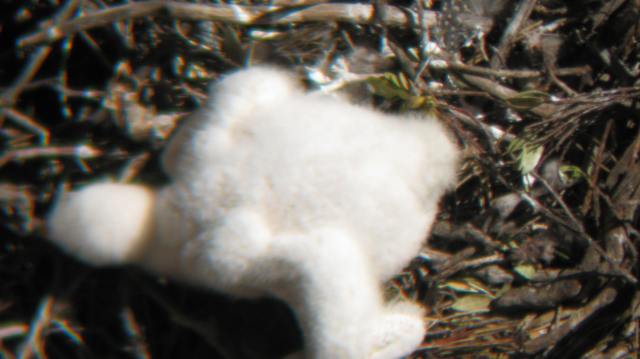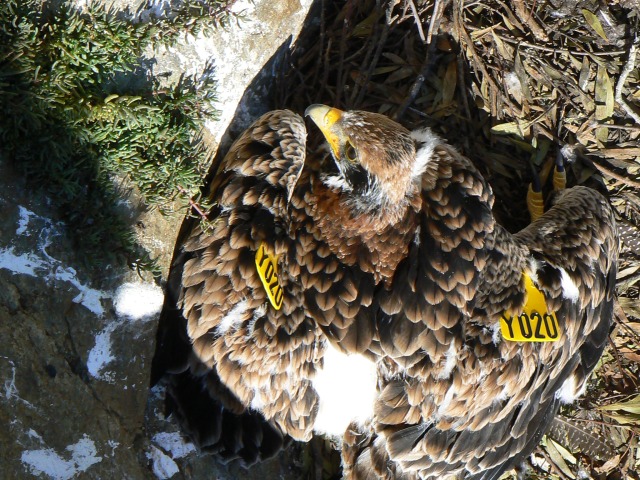Overall the 2013 Black Eagle breeding season was a good one.
The Cederberg was hard hit by the extreme cold fronts that rolled across the Western Cape during the latter half of winter. Only 5 chicks were confirmed fledged from about 40 odd pairs that we monitored. Comparing this outcome to previous seasons, it seems apparent that choosing to breed at these higher altitudes does exact heavy penalties. This last season heavy snowfalls thwarted the efforts of many pairs and during the 2012 season the Cederberg pairs had to contend with frequent deluges of rain.
By comparison, the Sandveld, as in previous seasons, did very well, producing 18 chicks confirmed fledged from 35 pairs monitored. It seems apparent that this region is an important source for young adults to replenish the breeding stock.
A significant number of our Sandveld pairs fall within the Greater Cederberg Biodiversity Corridor

Unfortunately this does not seem to offer them any special protection.
Earlier this year, I was dismayed to learn that the construction of a resort cum conference centre has been given the go ahead just west of Redelinghuys in the Verlorenvlei area. This development will surround a cliff that one of our resident pairs have built their nest on.
The Final Basic Assessment Report dated April 2013 was submitted to the Department of Environmental Affairs (DEA) along with various reports from specialists (appendices). Amongst those was a report from Black Eagle specialist dated April 2009, four years before the final assessment was compiled and submitted. This report stated that it was highly improbable that a pair of Black Eagles would find it possible to breed successfully on this or any of the adjacent cliffs.
Ironically, I first discovered and started monitoring this nest in 2009 and this pair have subsequently produced a chick every single year since then; that’s five years on the trot.
I realise that, as with wind farms, one cannot rely on the process. The DEA seem to focus only on the process; are all the boxes ticked? They do not seem to consider whether the content of the specialist reports is relevant to the final assessment. They probably consider this to be the role of the Environmental Consultant, who is paid by the developer. Surely this gives rise to a conflict of interest, which can only result in compromise that will not favour the environment and the animals that inhabit it.
A light at the end of the tunnel is that construction is not about to start anytime soon; the developers have a 5 year window within which to commence with the development and the environmental consultant has agreed to keep me abreast of developments.
On a lighter note, the following sequence of pictures were taken by Karen Powell along the road to Lamberts Bay.
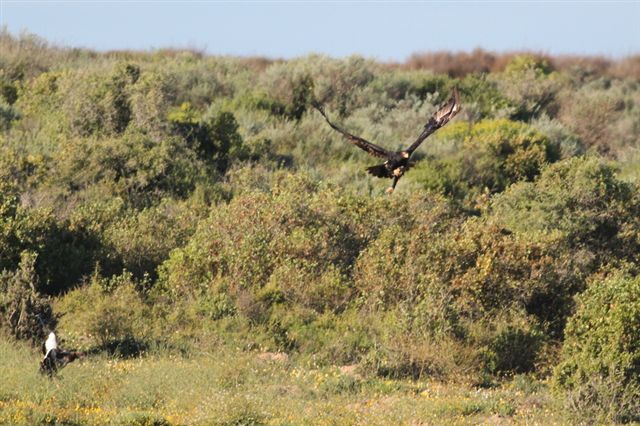
Late afternoon on the 21 September the honking of a goose (below left corner of the picture) drew her attention to a Black Eagle flying by clutching a gosling.

the goose did not give up easily, but the eagle made off with its prey.
the next morning along the same stretch of road, Karen again came across the eagle, this time perched on one of the telephone poles.

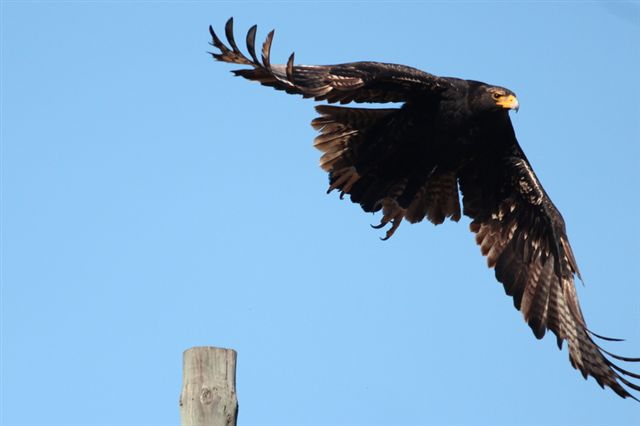


this Black Eagle has the very mottled look of a sub adult. Notice the brown feathers along its eyebrow and tail.

